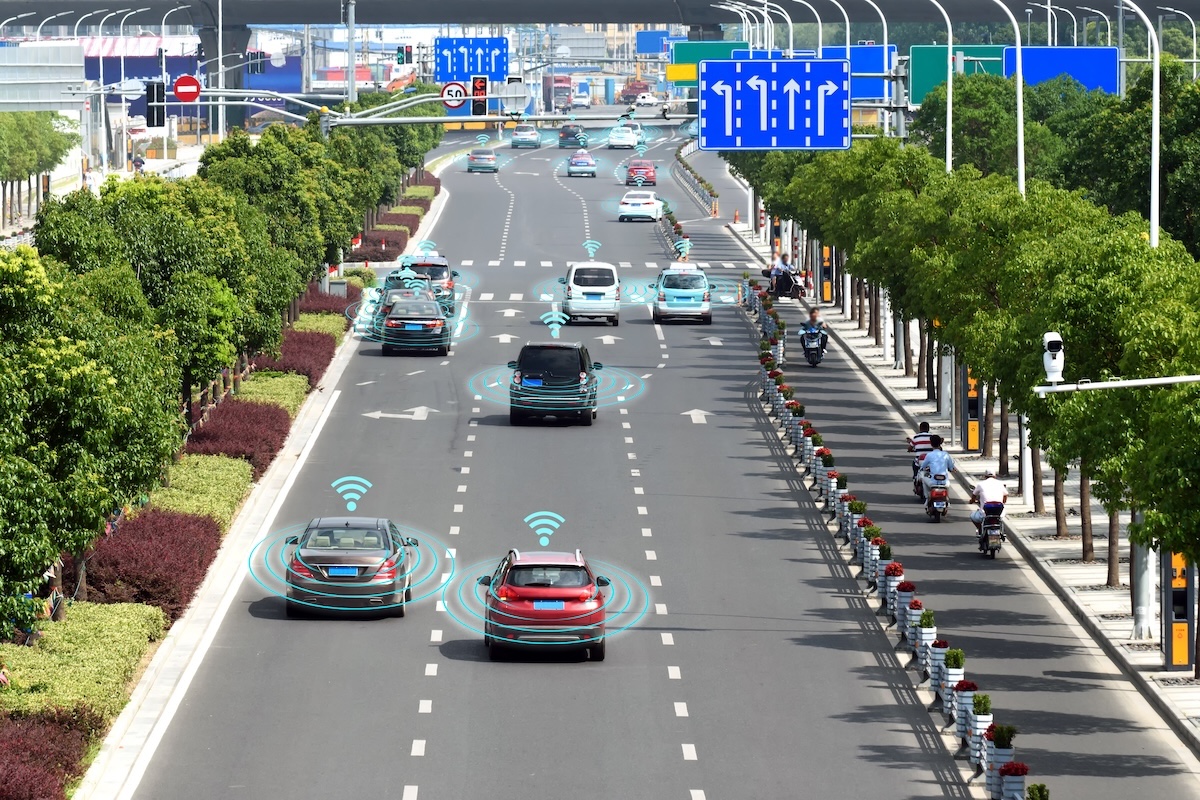
The driverless taxi wars are officially back in high gear, and Lyft (LYFT) just added a surprising new name to its roster of partners.
On Friday, the ride-hailing company announced it’s teaming up with BENTELER Mobility, a lesser-known but rising global mobility tech player, to roll out HOLON GmbH autonomous shuttles in the U.S. starting in 2026.
Lyft framed the move as a step forward in its “human-centered” AV strategy. While that might sound reassuring to drivers but still signals one thing clearly: robots are coming.
The company emphasized that the deal will help it integrate autonomous vehicles into its network more efficiently. It also partnered with BENTELER Trading to provide financing and ownership options for the future fleet.
According to the company, “tens of millions of dollars” have already been earmarked for expansion.
“BENTELER Mobility is exactly the kind of partner we need to accelerate our AV ambitions,” said Lyft EVP Jeremy Bird. “They’re not just a tech company — they’re closely linked to a massive automotive supplier with deep manufacturing expertise and global reach.”
In other words, Lyft doesn’t want to be just one robotaxi. It’s building a platform of driverless fleets.
That includes existing partnerships with Mobileye, May Mobility, and Nexar. But Lyft’s not the only one going all-in.
Uber, Tesla, and the Global Robotaxi Blitz
Meanwhile, Uber (UBER) is racing ahead with its own driverless ambitions.
The company’s teamed up with China’s WeRide to bring AVs to Dubai, and with Pony.ai to launch robotaxis in the Middle East later this year.
There’s even chatter that Uber co-founder Travis Kalanick may help bankroll the Pony.ai acquisition in a potential reunion that would bring the drama full circle.
And in a more concrete play, Uber said this month it’s investing $300 million in Lucid (LCID), and will buy “at least” 20,000 of its upcoming Gravity SUVs over the next six years. Those vehicles, powered by Nuro’s AV tech, will be operated by Uber or its fleet partners.
Uber expects to launch robotaxis in a major U.S. city by next year and is throwing “multi-hundred-million” support behind Nuro to get there.
Then Tesla (TSLA) is rolling out its own robotaxi pilot, and not quietly. According to Business Insider, Tesla told employees it would begin robotaxi operations in San Francisco this weekend, a follow-up to last month’s Austin debut.
But early feedback hasn’t been great, with critics panning the user experience.
Betting against Elon Musk, however, has often been a losing game, and with Tesla’s infrastructure, AV ambitions, and political influence, few would rule out a comeback.
The Endgame? It’s all about cost
For now, ride-hailing companies insist AVs will “work alongside drivers.” But the writing’s on the wall, especially as pressure builds around gig worker reclassification and margins shrink.
“Autonomous vehicles have a superior cost structure,” Morningstar analyst Mark Giarelli noted in May. “The mandatory classification of gig workers as full-time employees could compress margins and hurt the company.”
In the meantime, Lyft stock is up 10.9% YTD, while Uber has surged 51.3%. Tesla, on the other hand, is down 21.7% in 2025, but that could change fast if its robotaxi rollout gets back on track.
Your email address will not be published. Required fields are markedmarked